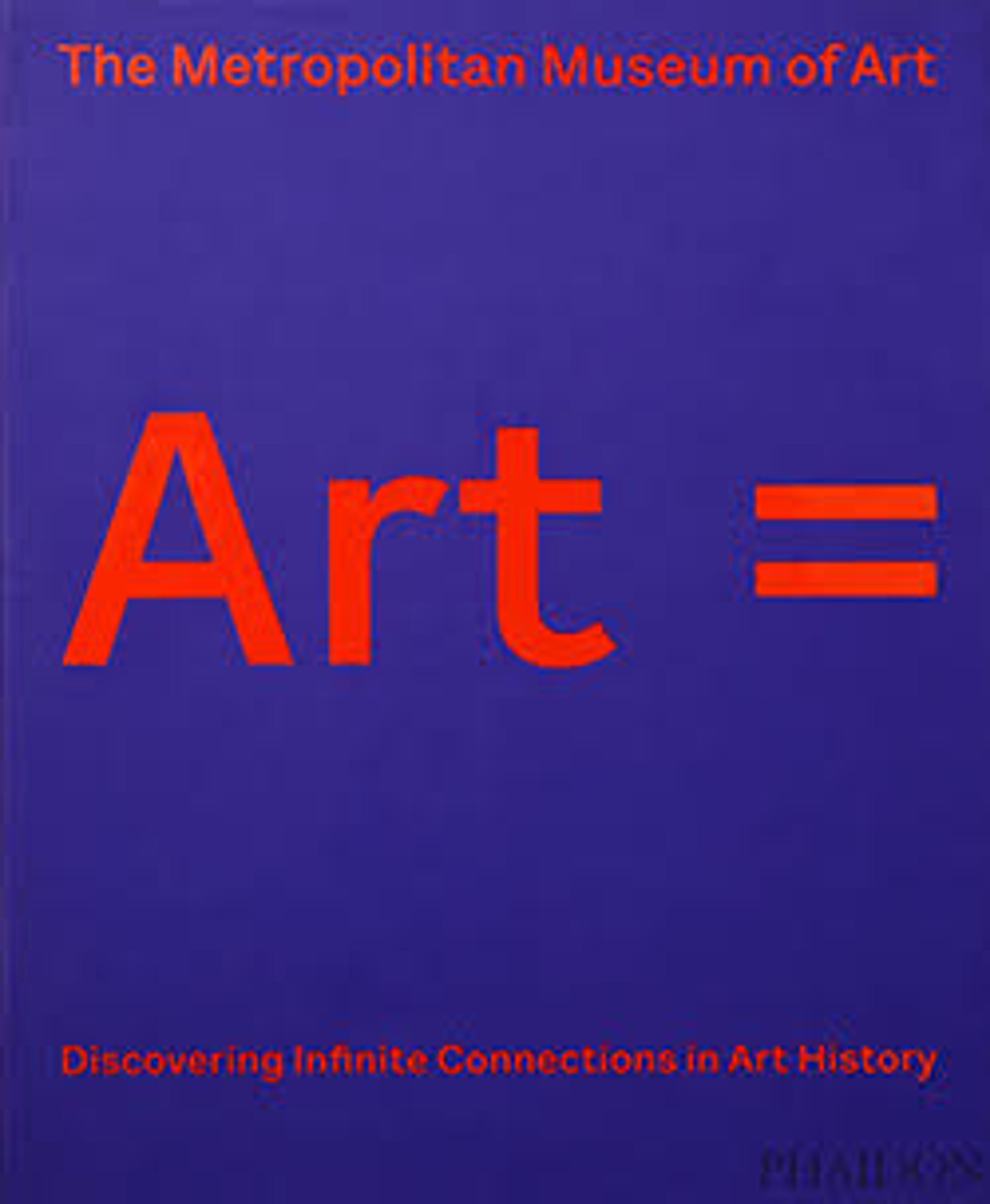Portrait of a Woman with a Man at a Casement
In Italian painting, this is the earliest surviving double portrait, the first to show sitters in a domestic setting, and the first with a view onto a landscape. The woman is dressed in French-inspired attire and her sleeve is embroidered with letters spelling "lealta" (faithful), a clue that the man appearing in the window is possibly her betrothed. He holds the Scolari family’s coat of arms, evidence that the two figures may be Lorenzo di Ranieri Scolari and Angiola di Bernardo Sapiti, who married around 1436.
Artwork Details
- Title:Portrait of a Woman with a Man at a Casement
- Artist:Fra Filippo Lippi (Italian, Florence ca. 1406–1469 Spoleto)
- Date:ca. 1440
- Medium:Tempera on wood
- Dimensions:25 1/4 x 16 1/2 in. (64.1 x 41.9 cm)
- Classification:Paintings
- Credit Line:Marquand Collection, Gift of Henry G. Marquand, 1889
- Object Number:89.15.19
- Curatorial Department: European Paintings
Audio

5058. Portrait of a Woman with a Man at a Casement
Fra Filippo Lippi, 1440
STEPHAN WOLOHOJIAN: So many works of art were commissioned at the time of unions in the Renaissance. It's very much the way today you often have a registry when you get married and fill a household with wonderful things.
NARRATOR: You’re looking at a double portrait. Scholars think it was probably made to celebrate an engagement.
RABBI SAMANTHA FRANK: But I'm also looking at it and seeing this woman who's really the central figure, and maybe to an extent she's a central figure in their future life together.
I'm Rabbi Samantha Frank. I'm seeing under his hand this sort of orange-and-black striped pattern. What's going on there underneath his hands?
NARRATOR: That’s a coat of arms. Curator Stephan Wolohojian.
STEPHAN WOLOHOJIAN: He's wooing her with a, you know, “You're going to be part of the Scolari family.”
RABBI SAMANTHA FRANK: I want to know everything about the jewelry that she's wearing, just because I love jewelry.
STEPHAN WOLOHOJIAN: On her head, on the hairpiece she wears, there is a brooch which we call the Brocchetta ditesta, a head brooch. On her shoulder there is another brooch, a Brocchetta di spalla. They were very symbolic and very important and monetarily very expensive gifts that came at a moment of exchange.
NARRATOR: In this time and place, marriages between wealthy families often had more to do with money and power than they did with love.
STEPHAN WOLOHOJIAN: And you can see in many ways, looking at this portrait that this, let’s call it what it is – trophy – is what you were getting. The jewels and the rich finery that she's wearing, the fur of her dress, the pearls of her costume, the embroidery… this is a trophy.
More Artwork
Research Resources
The Met provides unparalleled resources for research and welcomes an international community of students and scholars. The Met's Open Access API is where creators and researchers can connect to the The Met collection. Open Access data and public domain images are available for unrestricted commercial and noncommercial use without permission or fee.
To request images under copyright and other restrictions, please use this Image Request form.
Feedback
We continue to research and examine historical and cultural context for objects in The Met collection. If you have comments or questions about this object record, please contact us using the form below. The Museum looks forward to receiving your comments.
